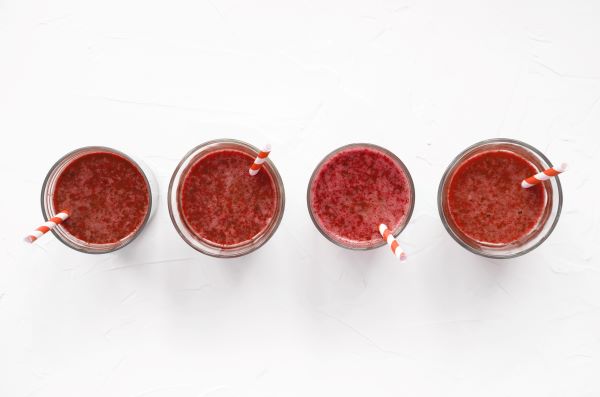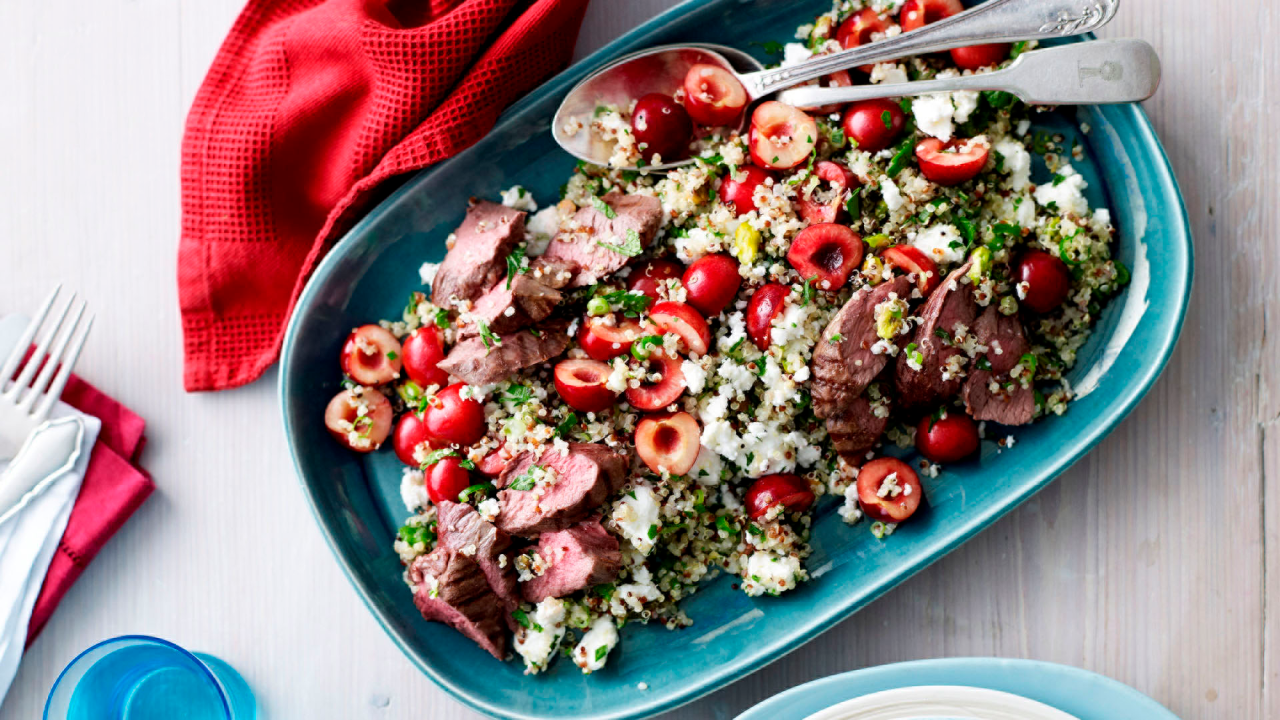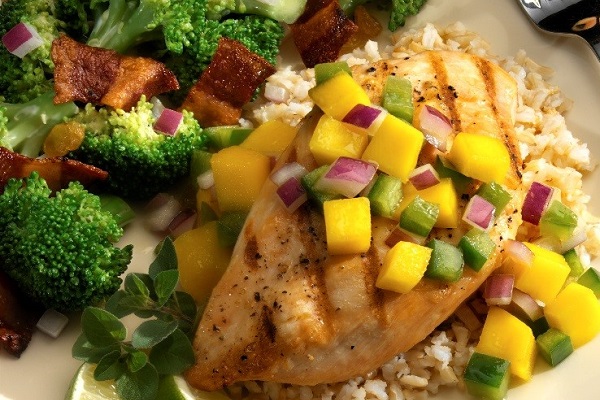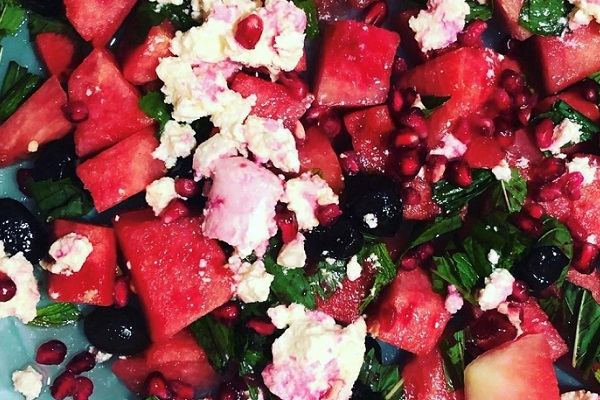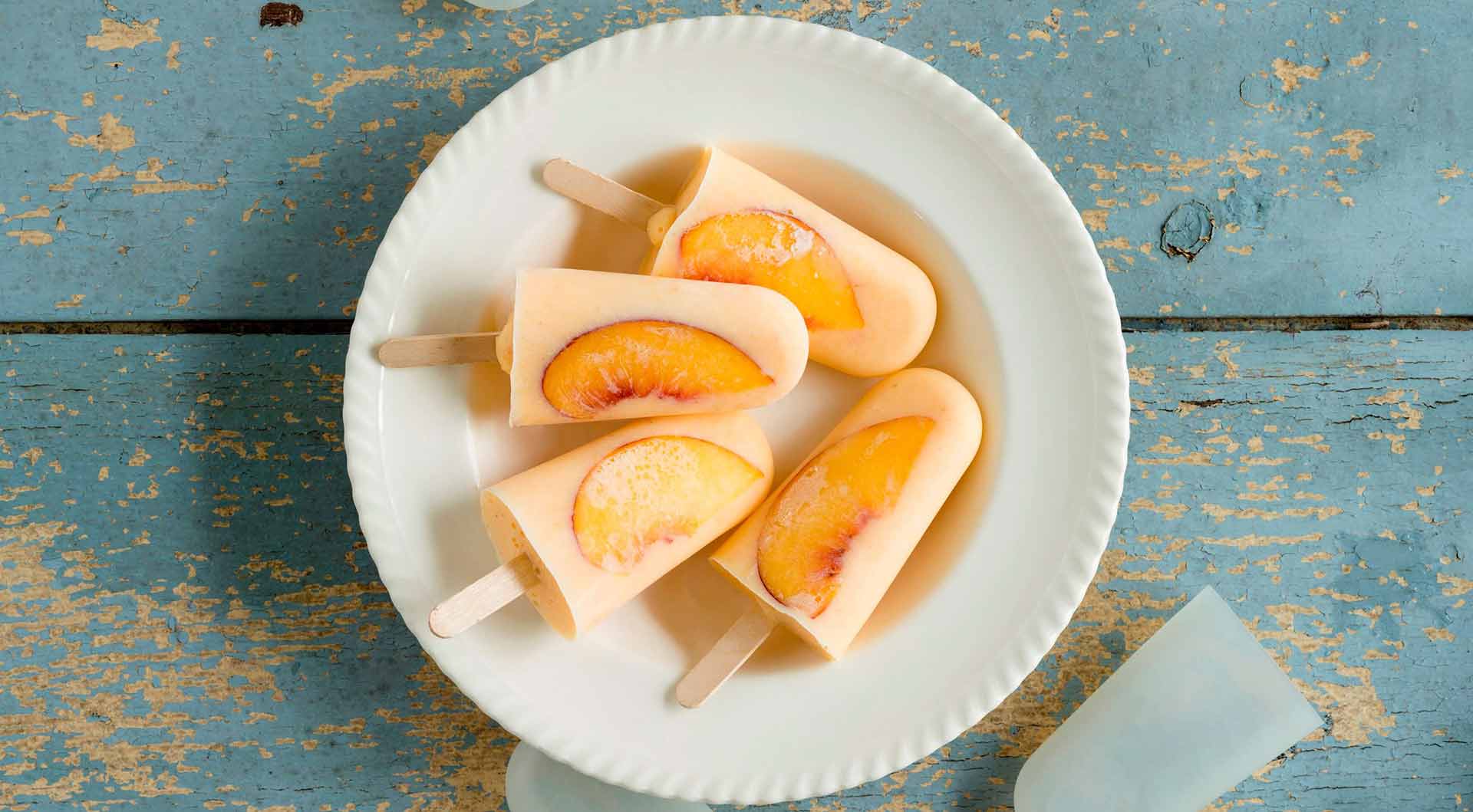-
Free yourself from ‘diet’ mentality
We live in a culture that demonises fatness and worships thinness. I call this ‘diet culture’, and we’re all saturated with it on a daily basis. Our minds absorb diet culture messages like sponges, and over time we internalise these messages – they become our own thoughts.
Many people are stuck in diet mentality, always trying to lose weight, or feeling that they should be trying to lose weight. This leads to thoughts that their food should be restricted in some way.
People stuck in diet mentality are very preoccupied with thoughts of food. They’re always thinking about their next meal, planning what they’re going to eat (or not going to eat), or feeling panicked about craving foods they ‘shouldn’t’ be eating as they’re not allowed on their meal plans.
Quitting dieting is without a doubt the best way to ditch the guilt and food rules. Give yourself full permission to enjoy the abundance of food in the world, and pledge to let your body guide you, rather than the multitude of weight loss messages.
Forget ‘good’ and bad’
The problem with labelling foods as ‘bad’ or not permitted is that these are food rules. Humans do not like food rules – the more we think we shouldn’t have a certain food, the more likely we are to think about it frequently and to crave it. This is a psychological, human truth.
The other part of this is demonising food – attributing it a moral value. Food is neither good nor bad. It doesn’t rob banks. Some foods have fewer nutritional benefits than others, but this doesn’t make them ‘bad’.
When we moralise foods, we exaggerate the importance of any one food choice, create dramatic, black and white thinking, and we run the risk of extending this moralising to ourselves (I ate a 'bad' food, therefore I am a 'bad' person). We can change this pattern by doing our best to see all food as simply food: edible.
Break the binge and restrict cycle
Probably the most common unhealthy pattern I see is people straining to always 'be good’ on their diet, and frequently ‘busting’ – by eating all of the foods they think they’re not supposed to be eating.
People get stuck in these patterns, because after a binge or after breaking the diet rules, people try to fix their mistake by restricting – which of course sets them up for another round of the diet merry-go-round. Binge eating is never ‘cured’ by dieting. It’s trying to restrict that keeps these patterns going.
How to create a healthy relationship with food
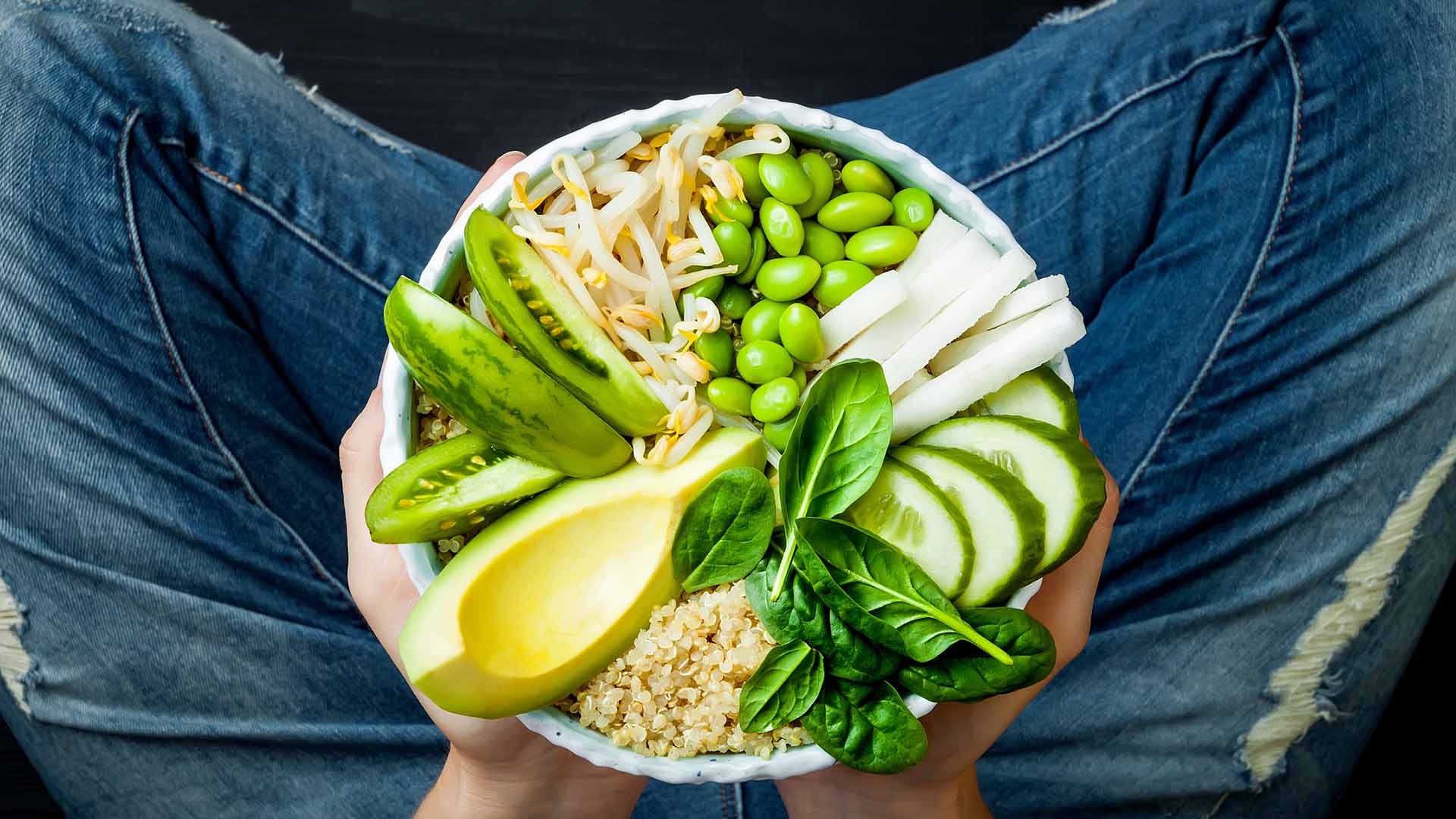
-
Sign up to our weekly newsletter and receive useful health tips and insights, expert advice, offers and promotions straight to your inbox. Receive the Eat Clean recipe book FREE with 20 recipes to get you started on your healthy eating journey.
Trust your body to guide you
Giving yourself permission to eat all foods without moral judgement is what I help people to do. Many people are scared to do this, as they think if they are given permission to eat any foods, they’ll eat only ‘bad’ foods forever. But that isn’t true. When we tune into our bodies, away from the food rules, we can become aware of some really interesting cues, like “Am I hungry?” “Am I getting full?” “Am I enjoying this food?” Our bodies naturally crave a whole variety of foods, and we can trust this.
So many times when I have guided people in tuning in and actually paying attention to eating a certain food, they realise things like, “This dumpling is very salty and makes me really thirsty”, or “This chocolate is super sweet and a lot of it actually makes me feel a bit sick”.
We can trust our bodies to tell us if we are enjoying something, and we can learn that we naturally want to stop eating something before it feels uncomfortable in our body.
Learning to eat intuitively is incredibly empowering and freeing. It might be helpful for you to keep an intuitive eating diary – where instead of writing down what you eat, you write down the time of day, how hungry you felt, when you ate, how full and satisfying the meal was, and whether you think that the eating was body driven (hunger) or emotionally driven. It’s a process of tuning in, getting to know how your body is communicating with you.
Meet emotional eating with compassion
Food is a relationship. So if you are turning towards food to soothe difficult emotions, think about how you learned this habit of self-soothing. Did you learn it early on, as a child? What other ways were you taught to look after your feelings in your family?
Eating away the feelings, or numbing, is a very common and human way to try to cope with difficult feelings. For example, this might be eating a lot at night so that you don’t feel lonely.
Do your best to simply notice when you’re having a feeling, and name it. This is a step many of us don’t take. So if you’re sitting on the couch and wanting some chips, ask yourself – what am I feeling? And if it’s lonely, allow yourself to acknowledge your loneliness.
Then ask yourself how you could take care of this feeling in this moment. What other techniques can you try? Always try to add emotional management skills: don’t start by taking away your eating scaffold before you are ready.
Are you struggling with your relationship with food? Louise Adams’ online program UNTRAPPED is designed to help people un-learn diet thinking, and re-learn an intuitive connection with their bodies and food. Find out more at untrapped.com.au and treatyourselfwell.com.au
-
5 reasons to get your blender out
Soups, smoothies, sauces and more. Here we pay homage to one of the kitchen's most versatile appliances: the blender.
-
10 healthy recipes to enjoy this festive season
Trying to be healthy during the festive season can be tough. We’ve rounded up 10 of our most delicious summer recipes for you to make it easier.
-
Grilled chicken with mango and avocado salsa recipe
The flavour of the mango, lime and coriander work perfectly together to add a taste of summer to any meal.
-
Watermelon, pomegranate and olive salad recipe
You’ll be pleasantly surprised how well these flavours work together. It’s a simple and refreshing salad that will soon become a summer favourite.
-
Mocktail recipes: Five of the best
The same great taste.
-
10 delicious, low-sugar desserts
Naturally sweet ingredients are great for desserts
Subscribe to receive the best from Live Better every week. Healthy recipes, exercise tips and activities, offers and promotions – everything to help you eat, move and feel better.
By clicking sign up I understand and agree to Medibank's privacy policy

